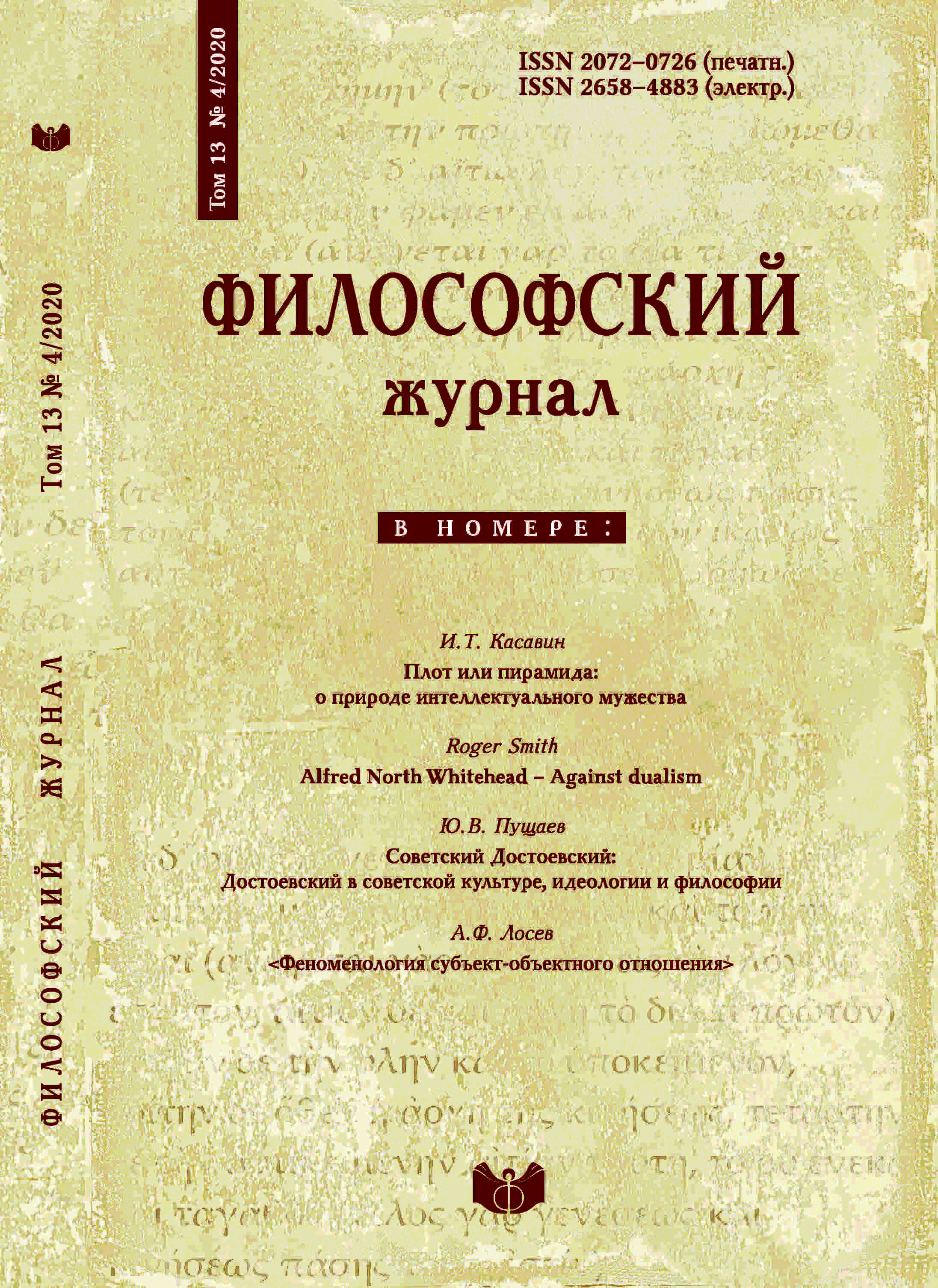What is meaning? Paul Grice’s answer
Appendix: Paul Grice. Meaning (translated into Russian by Lolita B. Makeeva)
DOI:
https://doi.org/10.21146/2072-0726-2020-13-4-69-88Keywords:
meaning, language, conversation, communicative intention, implicature, pragmatics, semantics, philosophy of ordinary languageAbstract
The present paper discusses the ideas presented in Paul Grice’s groundbreaking paper ‘Meaning’ published in 1957. The ideas are examined in the perspective of Grice’s mature, complete and elaborate approach to language. The following tenets are indicated as the main features of that approach: (1) though meaning and use are closely connected, they should not be identified; (2) the theory of meaning and language as a whole must be systematic and explanatory; (3) the meaning of linguistic expressions is explicated in terms of psychological states, first of all, in terms of intentions; (4) three kinds of meaning are distinguished: the meaning of a sentence, the uttered content (what is said), and speaker (utterer’s) meaning; (5) conversation is treated as a rational activity submitted to some general principles: to recognize the speaker intentions the audience makes a special kind of inference – implicatures; (6) natural languages has no special informal logic; (7) semantic and pragmatic aspects of language has no clear-cut boundary, they interact with each other. In discussing Grice’s article ‘Meaning’ a special attention is paid to three points: the difference between natural and non-natural meaning, the applied procedure of conceptual analysis (through identifying necessary and sufficient conditions for attributing non-natural (or speaker) meaning and the nature (reflexive or iterative) of speaker intentions which later were called ‘communicative’. Though Grice is commonly regarded to be a philosopher of ordinary language, his views on the character of meaning and conversation testify to the effect that he rejects some important principles of that philosophical school.






